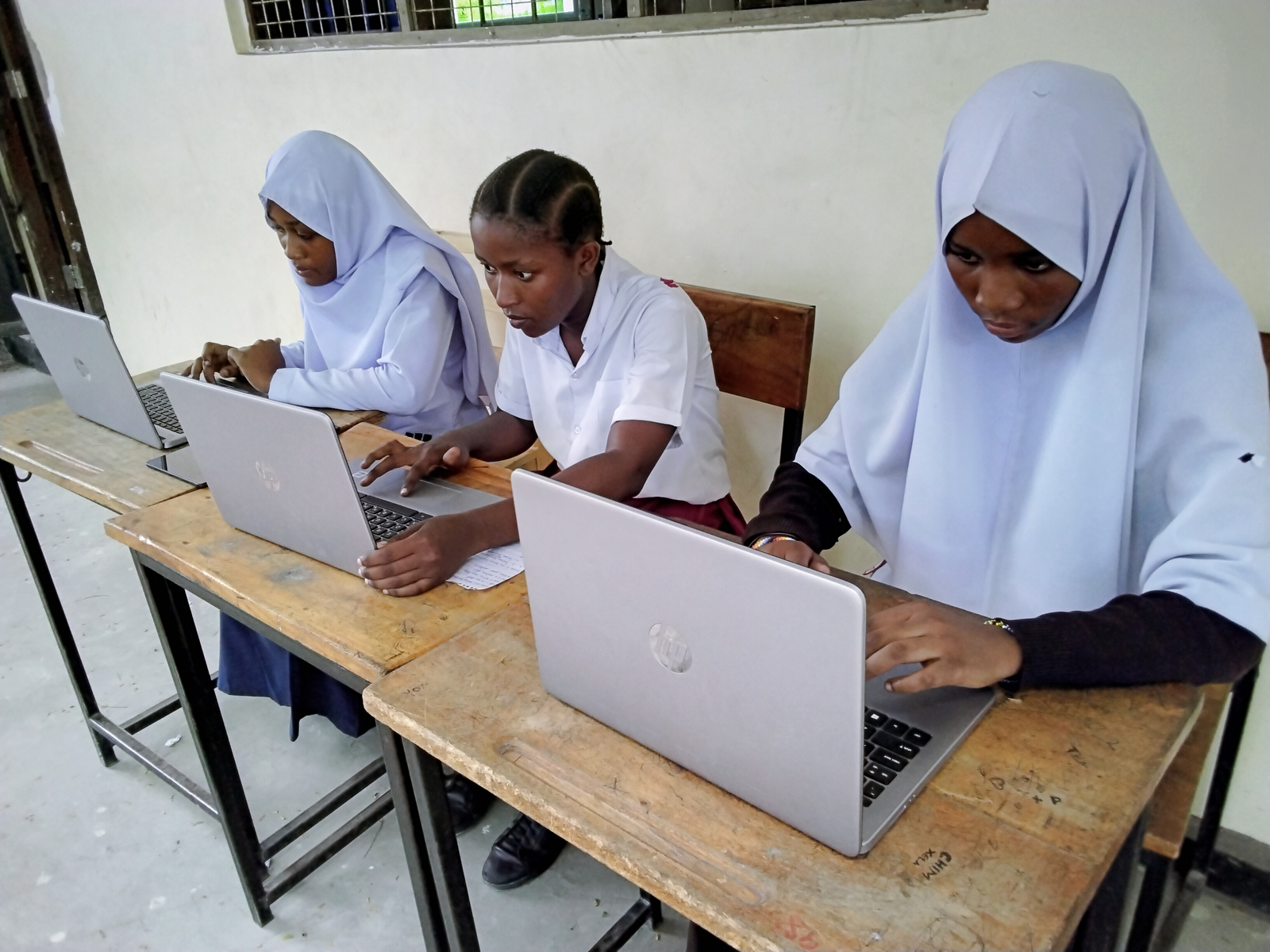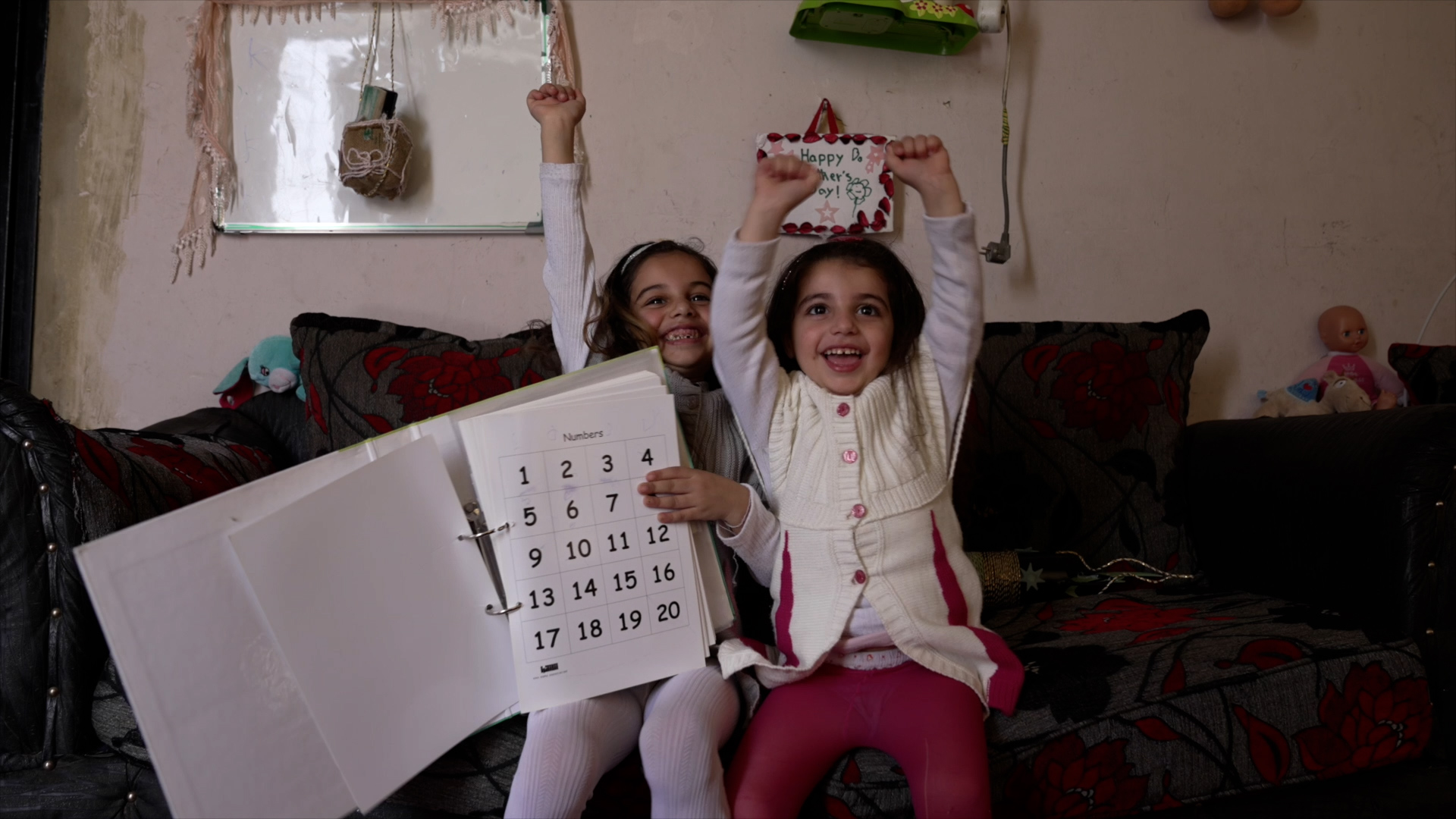
Millions of child brides each year are robbed of an education and a future
Girls' education
A wedding day should be a joyous occasion. But not if you’re 11 years old and you’re marrying a man of 35.
That’s the shocking story in this viral video released by the United Nations children’s agency UNICEF and viewed more than 120,000 times in just two days on its YouTube channel.
The marriage of Lily and John was staged in conjunction with the wedding blog Bridal Musings to mark International Women’s Day on March 8 and raise awareness of early marriage.
The sad reality is that EVERY day, an average of more than 40,000 girls are married around the world. That’s 15 million girls a year robbed of their childhood and the chance to fulfil their potential.
Many of them have been taken out of school and have very little prospect of returning to the classroom.
Girls who marry too young are at greater risk of domestic violence, abuse, HIV infection and other diseases. They are more likely to remain poor. And girls forced to marry also have children too young – which significantly increases their risk of health complications, death in childbirth and infant mortality.
Learn more about the vicious cycle of child marriage and exclusion from education
As well as releasing the video, UNICEF has partnered with the United Nations Population Fund (UNFPA) to launch the Global Programme to Accelerate Action to End Child Marriage.
Arranged adolescent marriage and early pregnancy is common in some parts of the Philippines. Johara Maruji, left, with her sister is from Zamboanga city. At 19, Johara is pregnant with her fifth child. She never went to school but is determined to ensure her own children get an education Picture: UNICEF/Palasi
Involving families, communities, governments and young people, the programme is part of a global effort to prevent girls from marrying too young and to support those already married as girls in 12 countries across Africa, Asia and the Middle East.
UNICEF Executive Director Anthony Lake said: “The world has awakened to the damage child marriage causes to individual girls, to their future children and to their societies.
“This new global programme will help drive action to reach the girls at greatest risk – and help more girls and young women realise their right to dictate their own destinies. This is critical now because if current trends continue, the number of girls and women married as children will reach nearly one billion by 2030 – one billion childhoods lost, one billion futures blighted.”
Today Nepal announced it will hold its first girl summit on March 23, with the aim of ending child marriage by 2030. More than 1.3 million Nepalese girls aged 10 to 19 years are at risk of being married.
That is a picture repeated in many countries. Here are just a few of the millions of girls who were married young – their hopes and dreams ripped from them.
NAFFISA, Niger
Picture: UNICEF/van der Velden
She was married at 16 and became pregnant three months later. Her baby was stillborn in November.
HENED, Syria
Picture: UNICEF/Aggio Caldon
Refugee Hened Al Ahmad, 14, stands outside a tent shelter at nightfall in Rawda in Lebanon’s Bekaa Valley. Hened is now a widow – her husband died six months after they wed in their homeland. Pregnant at the time, she later miscarried. She said it was due to the pain and fear she felt.
AFAID, Mali
Picture: UNICEF/Dragaj
Aged 15 when this picture was taken last year, Afaid is living in a refugee camp in Mauritania. She has never been to school and at 14 was forced to a marry a much older man. A child protection network intervened and managed to convince her father and husband to annul the marriage.
JAMILA, Ethiopia
Picture: UNICEF/Holt
Now in her twenties, she has been married since she was 13. Jamila says: “I got married because my father forced me to. I was given two options – either to get married or to be sent to the Arab countries to work. I am not happy because I wanted to study. If the government introduces night school in our area I will go back to learn. Early marriage is bad because when we get pregnant and want to deliver, it is very difficult for our bodies. We are too young – managing a home is not easy.”
DILDA, Iraq
Picture: UNICEF/Noorani
The 17-year-old stands in the door of her home in this 2013 picture taken in the city of Sulimaniyah, Kurdistan Region. At the time her marriage to a 23-year-old man was an economic necessity for her parents. Dilda, originally from Syria, said: “I wanted to become a doctor. I was very good in school.” Despite the many hardships she faced after fleeing home, Dilda clung to the hope that she would soon return her studies. She said: “When we left, I tried to bring my textbooks. I thought I might go back again and I could use the time in Iraq to study.”
More news

